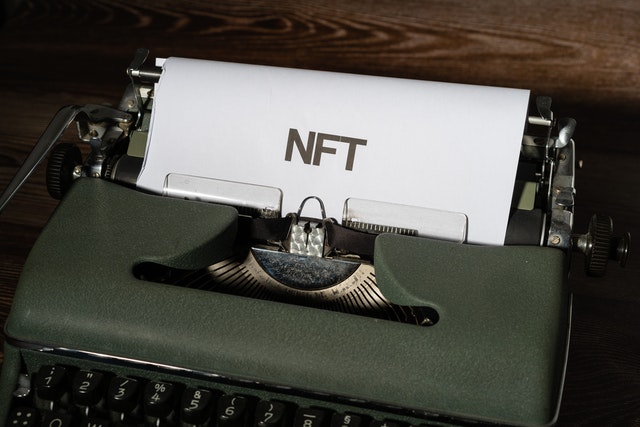Generative art has been around for a while in the art world. However, it has exploded only recently and is experiencing a boom period. Some experts even believe that generative art is going through a golden age.
Today, artists from across the globe are creating generative art masterpieces via computer algorithms and earning a hefty sum of money.
If you are an amateur or a budding generative art artist looking for generative art project ideas, here is all the help you need.
Where do I start with generative art?
The ideal way to start your generative art journey is to get familiar with generative art software. You can easily find step-by-step tutorials on:
- Processing
- The Coding Train
- WebGL Tutorials
- OpenFrame
- JavaScript (p5.js)
- Three.js 101
- Shaders: A Primer
Generative art ideas to draw inspiration from
Below are generative art examples of 10 artists who have produced stunning pieces of art.
1. UCracking Series by Marius Watz
The Norwegian generative artist Marius Watz is known for his hard-edged geometric patterns and vibrant colors. He focuses on visual abstraction through generative art software. His Ucracking series is among the most popular generative art. The visuals are based on a subdivision of algorithms, a process known as cracking. It is then applied to the meshes of 2D or 3D triangles.
Image Source: Instagram
2. Emoji Script by Travess Smalley
Travess Smalley, an artist who works with computation to create generative image systems, designed Emoji Script. This artwork comprises of cartoon smileys in a round form that look like avatars. All smileys seem to convey some human emotion but are challenging to decipher at the same.
Image Source: Folia.app
3. Platonic Solids by Michael Hansmeyer
Michael Hansmeyer is a brilliant artist who has proven how geometric patterns can generate complex forms. His work Platonic Solids uses a single process to change the topography and topology of the forms. The form divides into smaller faces until it produces a new form.
Image Source: Michael Hansmeyer
4. Creative Experiments by Zach Liberman
New York-based artist Zach Liberman creates generative art that takes human gestures as inputs. These inputs are amplified into different drawings which come to life.
Image Source: Instagram
5. Incovergent by Anders Hoff
Anders Hoff’s generative art project Inconvergent explores the complex yet interesting behavior of systems comprising simple rules. He found his inspiration from mathematics, geometry, natural phenomenon, writing systems and architecture to create aesthetic art.
Image Source: Inconvergent
6. Sprawl by Mark J. Stock
Mark J. Stock created a digital image that looks like a chaotic branch-like structure growing around a set of blocks. The image captures contrasting patterns – restrained (blocks) and impulsive (branch growth). This is one of the finest examples of letting shapes self-generate and self-perpetuate.
Image Source: Mark J. Stock
7. Generative Art by Katharina Brunner
Kathrina Brunner has written a software package called generative art. It allows the artists to create images based on thousand points. A formula calculates every point’s position. Each formula has random parameters. Hence, every image appears unique.
Image Source: Kathrina Brunner
8. Feminine Iconography by Lulu xXX
A CGI/3D artist working in the visual effects industry, Lulu xXX loves to manipulate colors, still digital images and motion sequences to create generative art. He uses different algorithms to create infinite combinations.
Image Source: luluixixix
9. 9H3: Return Zero by Tyler Hobbs
Tyler Hobbs creates color variations from the same program. He has created Return Zero using generative design and unique archival pigment prints.
Image Source: Tyler Hobbs
10. Fifty Sisters by Jon Mccormack
A Melbourne-based artist, Jon Mccormack, finds his inspiration from the wonders and complexity of a diminishing natural world. His work Fifty Sisters contains fifty 1m images of plant forms that are computer-synthesized and algorithmically grown.
Image Source: AI Artists
For more amazing generative art, check out ‘20 Mesmerising Examples of Generative Art’
Selling your generative art
You can sell your generative art prints on Etsy, Society6m and Artsy, among a few others. An alternative to physical copies is to sell your generative art as digital art NFTs which has become a popular option. Some places that you can sell your NFTs are Opensea, Nifty Gateway, Rarible or Mintable.
Conclusion
Generative art creation could sound complex, especially if you lack the required expertise. However, you can become an expert with patience and experience. You will also continuously need to study the artwork of other generative art creators to understand their techniques and draw inspiration from them.
The article is a part of our comprehensive series on “Generative art”



